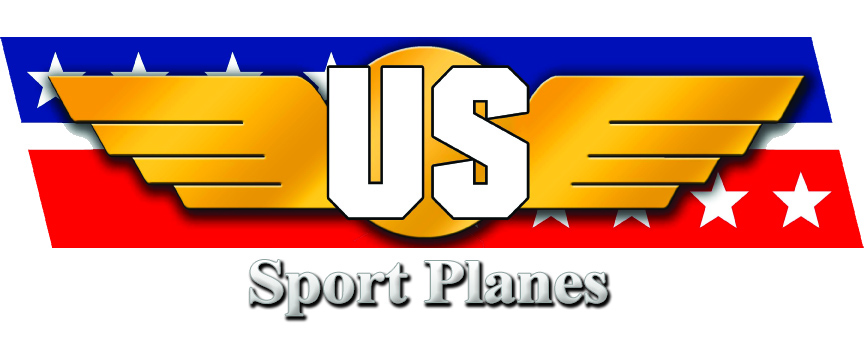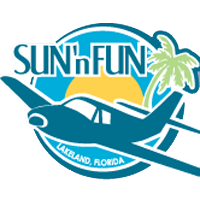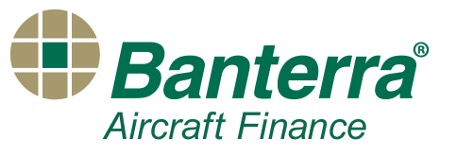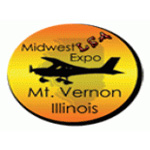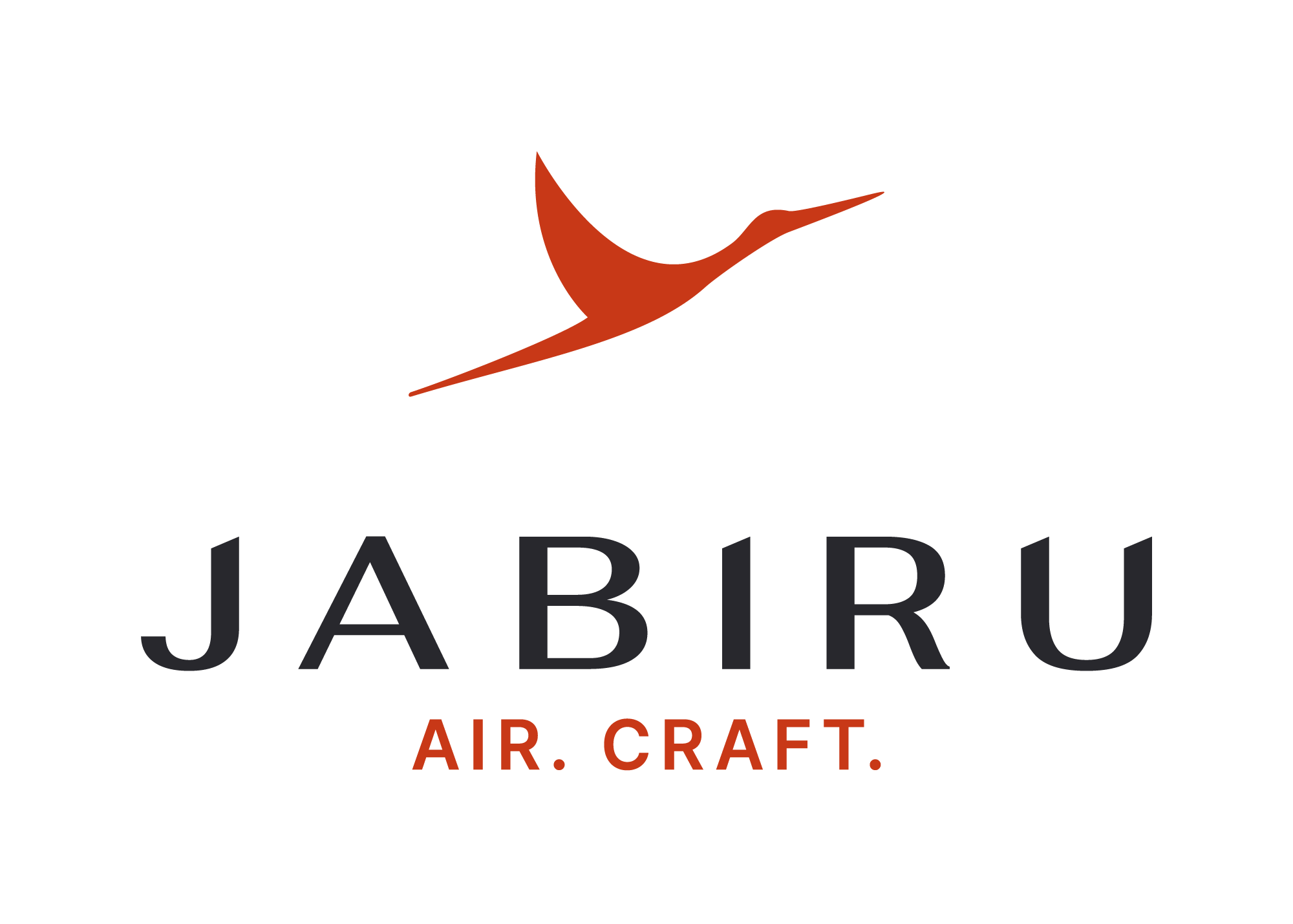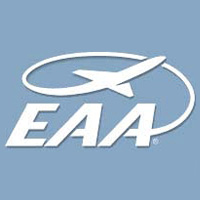LAMA Comment to USTR 2025
Docket Number: USTR-2025-0001 `Request for Comments to Assist in Reviewing and Identifying
Unfair Trade Practices and Initiating All Necessary Actions to Investigate Harm From Non-
Reciprocal Trade Arrangements’ .
Subject: Comment on Document 2025-03047 (90 FR 10677) – Impact of Steel and Aluminum TariRs
on U.S. Aircraft Manufacturers
Dear ORice of the United States Trade Representative,
On behalf of the Light Aircraft Manufacturers Association (LAMA), we value the leadership in driving
positive policy to the advancement of aerospace and the aviation industry in the United States.
LAMA would like to suggest that some tariRs, while intended to address unfair trade practices, pose
significant challenges to U.S. aircraft manufacturers, particularly those in the general aviation, light
sport aviation and experimental aircraft sectors.
Economic Impact on U.S. Aircraft Manufacturers Approximately 60% of the steel and aluminum
used in the manufacturing of general aviation and experimental aircraft is imported. Even with this,
U.S. exports more aviation products and services than it imports, contributing significantly to the
U.S. economy.
The proposed tariRs would lead to substantial increases in material costs, directly impacting
production expenses. This cost escalation could force manufacturers to raise prices, making U.S.-
produced aircraft less competitive in both domestic and international markets.
Supply Chain Challenges The U.S. exports not only fully assembled aircraft but also a wide range
of aircraft parts and components, which are crucial for the global aviation supply chain.
The U.S. steel and aluminum industries currently lack the capacity to meet the demand of aircraft
manufacturers. The reliance on imported materials is not a matter of preference but necessity. The
tariRs could exacerbate supply chain disruptions, delay production timelines and hinder the ability
of manufacturers to fulfill orders, aRecting our competitiveness in global markets.
Broader Economic Consequences The U.S. leads in aviation-related services, including aircraft
maintenance, repair and overhaul (MRO), as well as aviation training, air traRic control, and
logistical support. The aviation industry is a critical component of the U.S. economy, supporting
thousands of jobs and contributing significantly to GDP.
The U.S. is a leader in aviation innovation, particularly in terms of safety technologies, fuel
eRiciency, and environmental sustainability, which enhance the competitiveness of its products
and services globally. Increased production costs could lead to reduced output, layoRs, and a
decline in the overall economic contribution of the sector. Additionally, the ripple eRects would
extend to suppliers, maintenance providers, and other related industries.
Many countries rely on U.S. aircraft and aviation technology, further reinforcing the U.S. aviation
industry’s strong export performance.
Overall, the U.S. aviation sector remains a global leader, with a robust trade surplus in aviation
goods and services, underpinned by strong manufacturing capabilities and technological
advancements.Recommendation to the U.S. Trade Representative LAMA respectfully recommends that the
Trade Representative consider implementing targeted tariR exemptions or a relief program for
industries heavily reliant on imported materials that have a positive trade balance, such as the
aerospace and aviation. This approach would ensure that eRorts to combat unfair trade practices
do not unintentionally harm critical domestic industries. Alternatively, a consultation process with
key stakeholders in the aviation industry could be created to explore solutions that balance trade
policy objectives with the need to support U.S. manufacturers.
Thank you for the opportunity to provide input on this important matter. I hope that these concerns
and recommendations will be considered as you evaluate the potential impacts of the proposed
tariRs.
Sincerely,
Scott Severen
President, Light Aircraft Manufacturers Association

